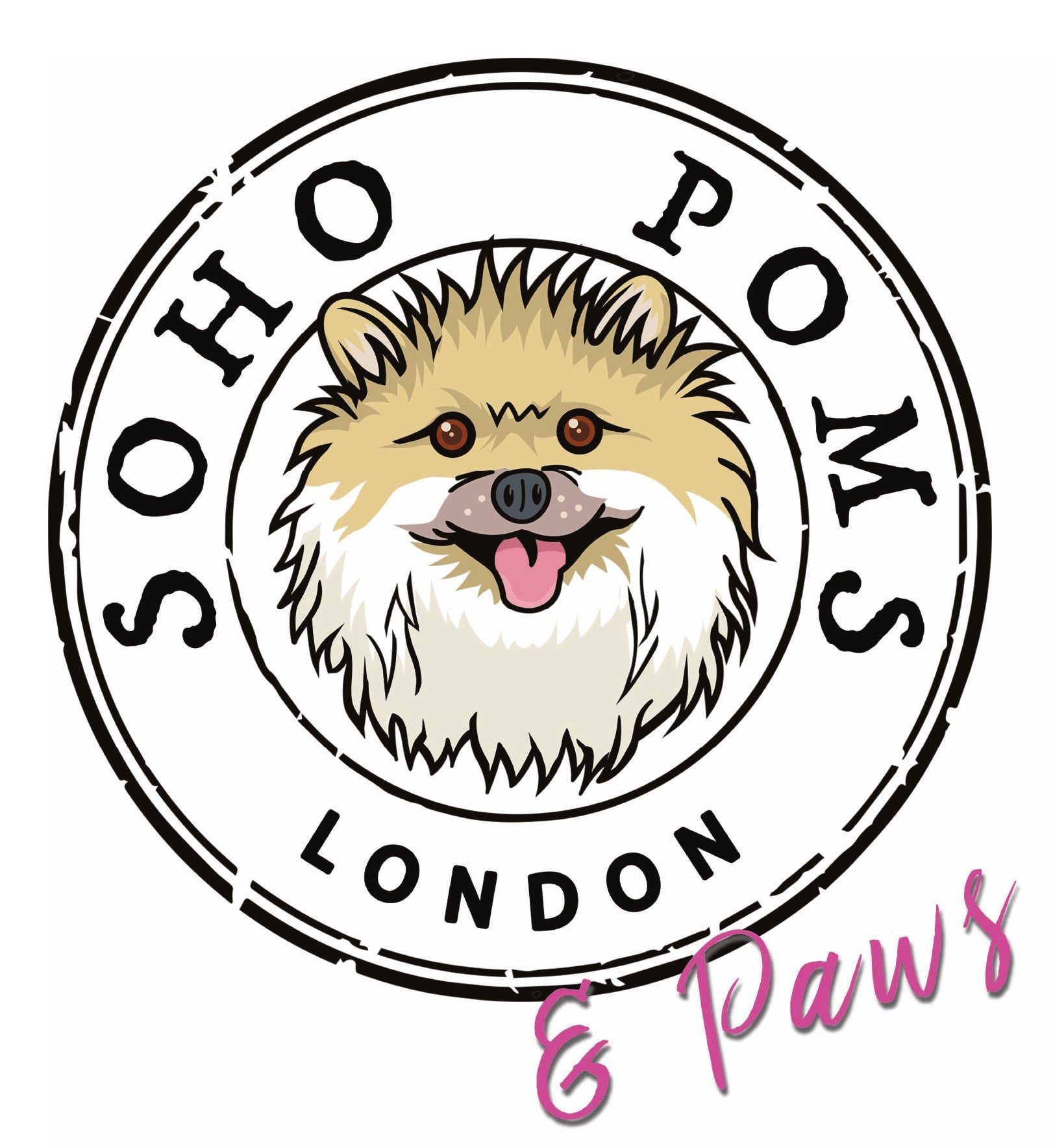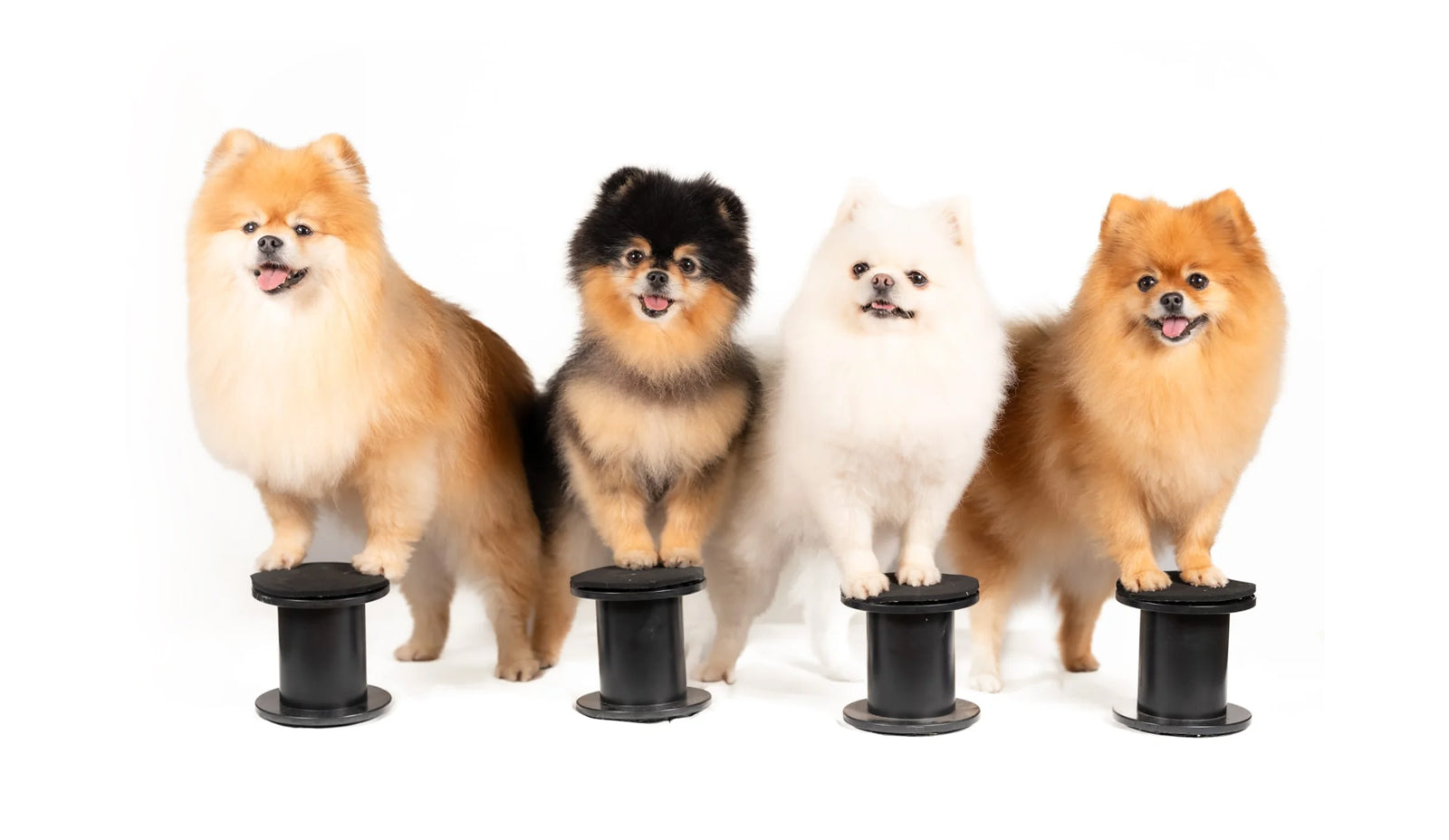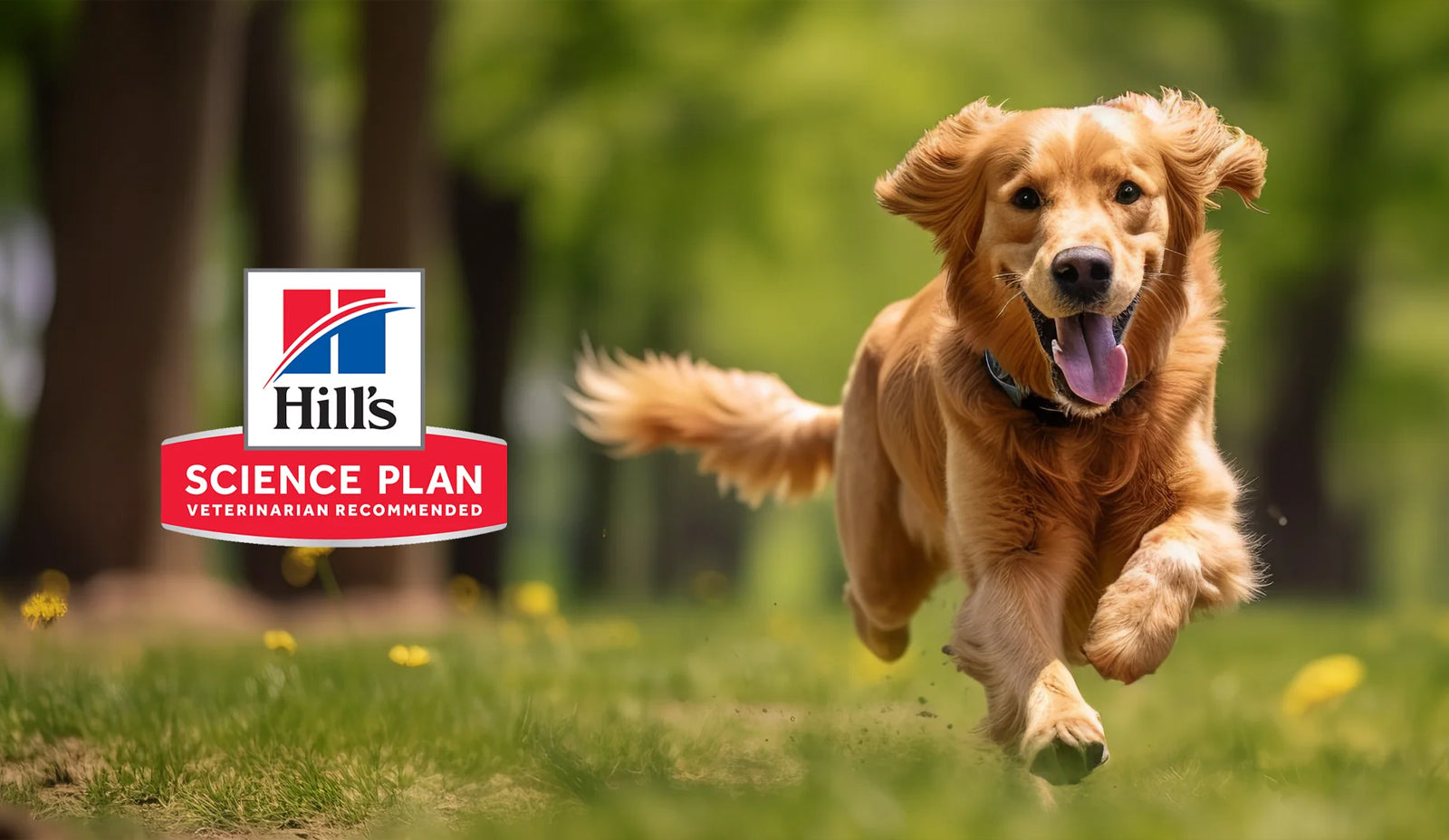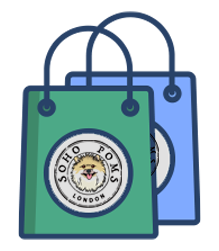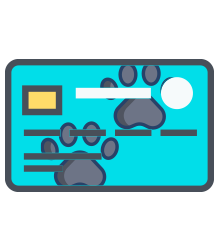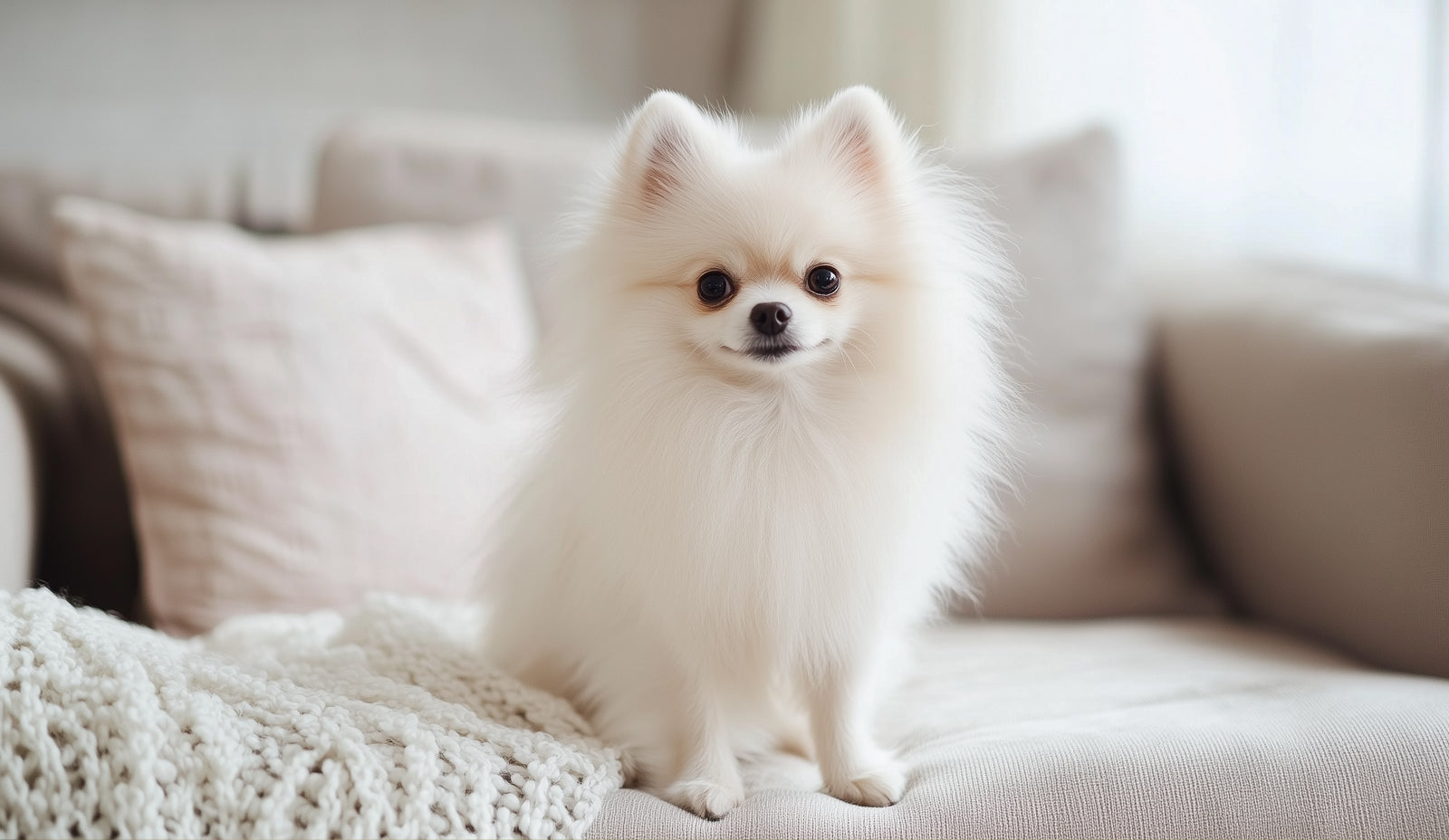
Behaviour, training and bonding
Building a Strong Bond with Your Dog
Bonding with your dog is one of the most rewarding parts of pet parenthood — and it happens in the little things you do together every day. Whether it's going on a walk, learning something new, or simply relaxing in the garden, quality time builds trust and love.
Simple Activities to Strengthen Your Bond:
-
Explore new places together
-
Go on daily walks
-
Share a dog-friendly ice cream
-
Chill out in the garden
-
Learn a new trick
-
Practice gentle grooming or brushing
Reinforcing Good Behaviour
One of the best ways to strengthen your connection is by teaching your dog what behavior you love — and rewarding it. That’s what positive reinforcement is all about: encouraging calm, focused, and polite behaviour by rewarding it consistently.
For example:
If your dog tends to bark at other dogs in the park, try scattering a few treats on the grass when another dog is nearby, but it's important to do this before your dog starts barking, otherwise you will be rewarding the barking.
This helps redirect their attention and creates a more positive association with the presence of other dogs.
You can also teach your dog to “settle” — a helpful trick to promote calmness in various situations. (Check out our article: How to Teach Your Dog 6 Useful Tricks)
What Is Positive Reinforcement?
Positive reinforcement means rewarding your dog with something they love (treats, toys, attention, or affection) right after they show a behavior you want to see more often.
Example:
When guests arrive and your dog stays calmly on their bed or mat, ask your visitors to greet or pet the dog only while they remain settled. This way, your dog learns that calm behaviour = reward.
Different Training Methods
Dogs learn in different ways — and knowing a few simple methods can make your training sessions smoother and more effective.
1. Luring
This is when your dog follows a treat with their nose or body to learn a movement or position. It's great for beginners and quick wins.
2. Shaping
Shaping means breaking down a behavior into tiny steps and rewarding each one. This is perfect if your dog is struggling to learn a new skill.
Example – Teaching "Paws Up":
-
Dog walks near the object
-
Dog touches it with one paw
-
Dog puts both paws up
You reward every small win until they complete the full behaviour.
3. Capturing
This is when you reward a natural behaviour as it happens — like when your dog stretches after waking up or lies down calmly on their own. It’s a powerful way to reinforce good habits without needing a cue.
Final Thoughts
Training and bonding go hand in hand. The more time you spend together — learning, playing, relaxing — the stronger your connection will become. Remember: patience, praise, and play are the keys to raising a happy, well-behaved dog.
Another important tool during training is using a marker. A marker is a clear signal that tells your dog, “Yes, that’s exactly what I wanted!” It can be a verbal cue like saying “YES!” in an enthusiastic tone, or it can be the sound of a clicker.
The key is:
Mark the behaviour → Then give the reward.
Using a marker helps your dog understand precisely which action earned them the treat, making learning faster and clearer.
Any questions about our products or what might suit your pup best? Have a browse through our new arrivals, and message us on social media if you’d like a hand choosing the perfect piece!
